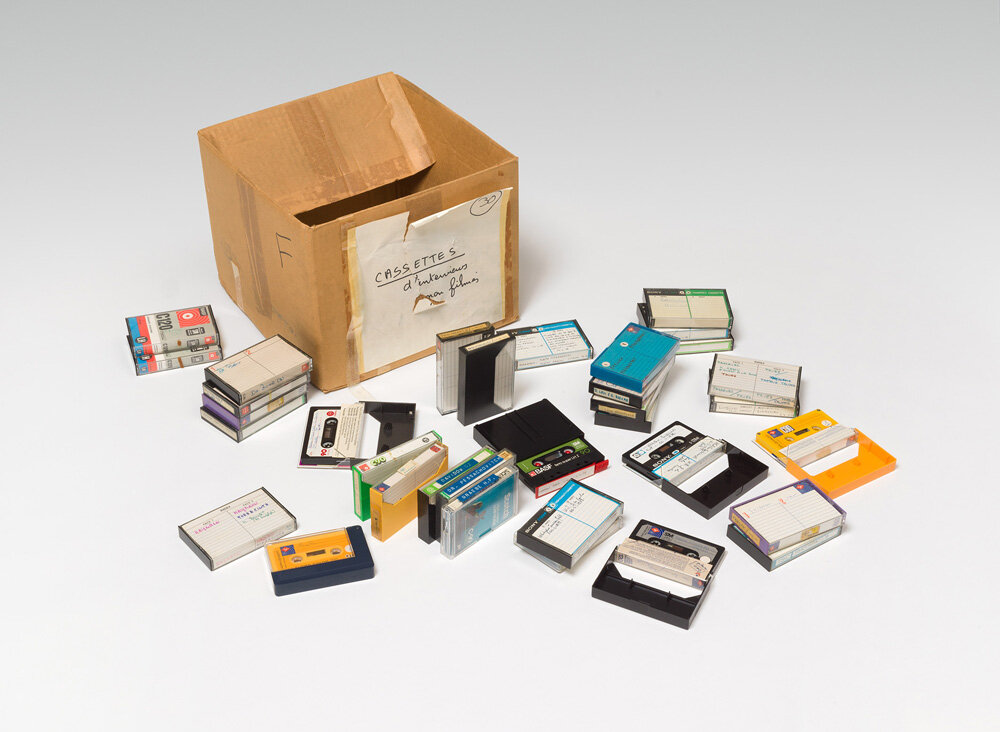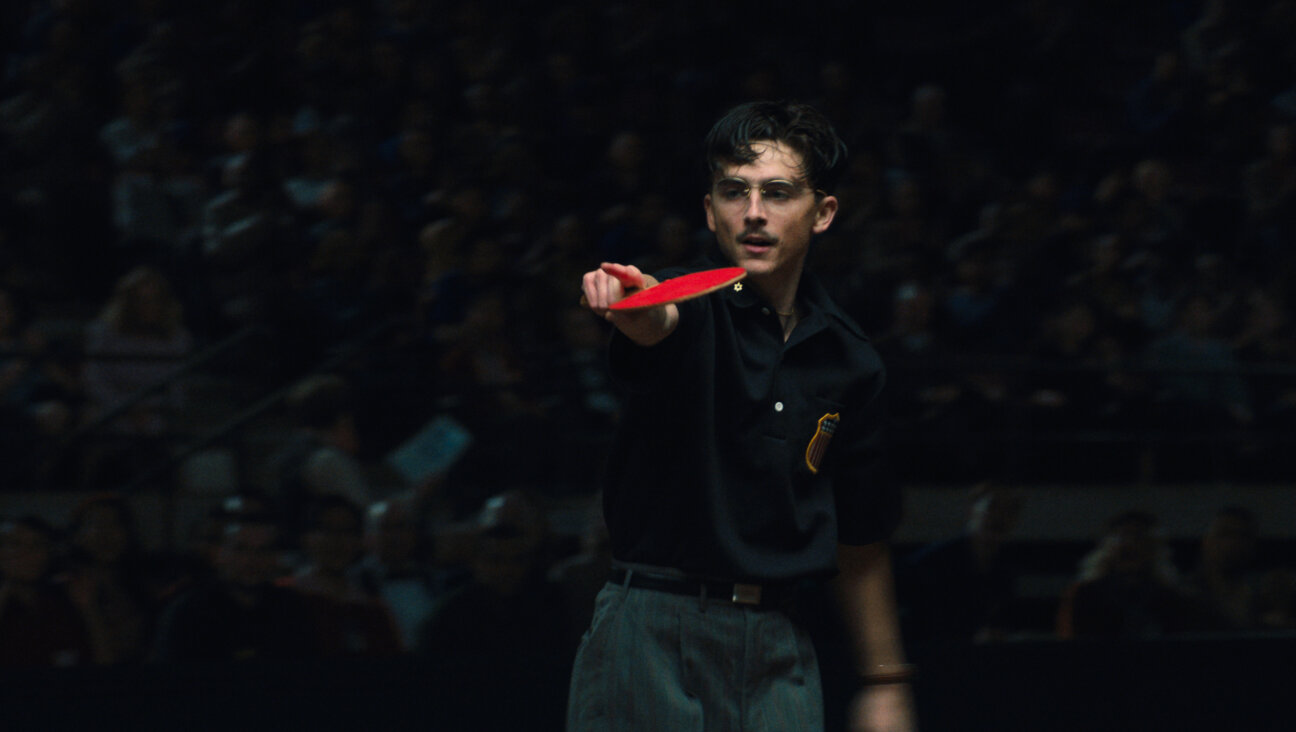With ‘I Believe in Unicorns,’ Leah Meyerhoff Rewrites The Modern Love Story

Graphic by Angelie Zaslavsky
Leah Meyerhoff is tired of the straight, white, male perspective. The 35-year old director sat in a small back room at the IFC Center on Tuesday morning and emphatically expressed her desire for new voices to populate the big screen. “I think female filmmakers who have been shut out of the process and whose voices have not been heard often feel motivated to tell their own story,” she said. “I want to make films with strong female protagonists that other women can relate to—and other men can relate to.”
With that in mind Meyerhoff penned her first feature, “I Believe In Unicorns,” a semi-autobiographical tale pulled from memories of her own tumultuous youth. The film, which premiered at SXSW last year and opens in New York on May 29th, follows a young girl desperately trying to escape her role as sole caretaker for her disabled mother. Solace comes in the form of a charismatic but volatile boyfriend and a very vivid imagination. The dreamy narrative is equal parts deeply rooted in Meyerhoff’s reality and a playful escape into a fantastical world. The director—who was raised in San Francisco culturally Jewish—returned to her hometown to shoot the film in its entirety and cast her mother as one of the stars. On the other, slightly more whimsical, hand, unicorns make cameos throughout, fire-breathing dragon puppets tear through forests and vines grow delicately from a half-buried protagonist’s mouth.
The Forward sat down with Meyerhoff to discuss the importance of writing a realistic love story, the challenges of creating dream sequences, and filming at her favorite childhood spots.
Did you set out to tell a fictionalized version of your life when you first sat down to write the film?
I wasn’t setting out to tell a personal story, I was setting out to tell an authentic story. I knew that I wanted to tell a story about a teenage girl that felt real and creative and imaginative. In the writ-ing process, I naturally drew upon memories from my own childhood. I grew up in this unusual situation of being the caregiver in the house. My mother has multiple sclerosis and has been in a wheelchair for as long as I can remember. That led to a lot of resentment and confusion—all the regular teen angst was really amplified by the situation. Similar to my own experience, Devina, the lead character, has grown up taking care of her mother and is looking for an escape. She thinks that she’s has found it in this older boy, and that by running away with him she can have the childhood she never really got to have.

Leah Meyerhoff Image by Thea Glassman
How did you go about translating all of the film’s fantasy sequences from script to life?
I made a very extensive visual look book. For every single scene in the film I would have a corresponding photograph or illustration, which was a huge tool in terms of communicating my ideas with people outside my head. The idea was to have fantasy sequences in the film feel like they came from the mind of this teenage girl. It’s almost like you see her fingerprints on the edge of the frame. We were doing stop motion puppet animation on 16 mm film which is basically the hardest thing you can do. We built this miniature world with miniature trees and we would water the sets every morning. Then we made these puppets, set up this giant film camera and all these film lights and we would just move these puppets an inch at a time and take a frame of film. Over and over and over, for weeks on end. That process was incredibly tedious and kind of insane, but was also really fun. It was like you were playing God in this miniature world.
There were so many great dream sequences. Is there one behind-the-scenes memory that stands out from shooting them?
We had five days of shoots for our fantasy sequences. We did one experimental thing each day. One day we played with fire, another day it was water, the next day was about earth. On the earth day, we took our lead actress Natalie outside, dug a hug hole in the ground, buried her and then animated vines growing out of her mouth. There was a moment when a storm started to roll in and it’s going to rain and I was like, “Oh no we have to get her out! Dig, dig, dig!” She was such a trooper, though. She was like, “Did we get the shot guys?”

The film takes a very intimate look at the intensity of a person’s first relationship. What did you most want to say about young love?
This film is about two characters who fall madly in love with each other but they’re not right for each other. They keep pushing it though and keep trying to make it work. I think a lot of us have had relationships like that in our lives, where they’re unhealthy but you’re clinging onto this idea of love, this fantasy of love. It’s a real learning process and I really wanted to capture the messiness of that. I think so often in films you see very black-and-white portrayals of relationships. It feels overly simplistic. In my reality, love is complicated.
It must have been so cathartic for you to go back and shoot at all of your old stomping grounds.
It was surreal. We shot in my childhood home, my high school. My best friend from high school was the sound recordist, another friend from high school did locations. I went with Peter, the lead actor, to a lot of the punk squat clubs that I remember going to as a teenage girl. He hung out with these guys, who are just squatting in this giant warehouse and picked up on their language and their vernacular and their way of navigating the world. There was a catharsis in making this film. Absolutely. This was a story I had to get out of me, a story that I needed to tell.

















